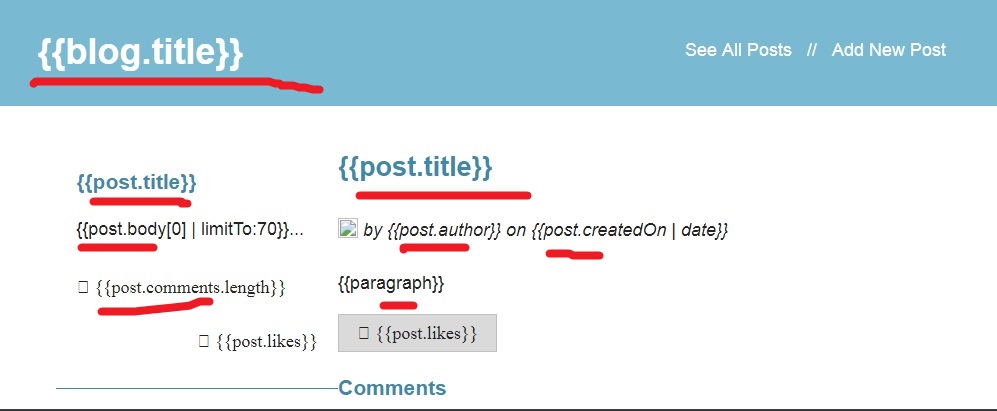Visibility:
While your angularjs is bootstrapping, the user might see your placed brackets in the html. This can be handled with ng-cloak. But for me this is a workaround, that I don't need to use, if I use ng-bind.
Performance:
The {{}} is much slower.
This ng-bind is a directive and will place a watcher on the passed variable.
So the ng-bind will only apply, when the passed value does actually change.
The brackets on the other hand will be dirty checked and refreshed in every $digest, even if it's not necessary.
I am currently building a big single page app (~500 bindings per view). Changing from {{}} to strict ng-bind did save us about 20% in every scope.$digest.
Suggestion:
If you use a translation module such as angular-translate, always prefer directives before brackets annotation.
{{'WELCOME'|translate}} => <span ng-translate="WELCOME"></span>
If you need a filter function, better go for a directive, that actually just uses your custom filter. Documentation for $filter service
UPDATE 28.11.2014 (but maybe off the topic):
In Angular 1.3x the bindonce functionality was introduced. Therefore you can bind the value of an expression/attribute once (will be bound when != 'undefined').
This is useful when you don't expect your binding to change.
Usage:
Place :: before your binding:
<ul>
<li ng-repeat="item in ::items">{{item}}</li>
</ul>
<a-directive name="::item">
<span data-ng-bind="::value"></span>
Example:
ng-repeat to output some data in the table, with multiple bindings per row.
Translation-bindings, filter outputs, which get executed in every scope digest.


ngBindinstead of{{ expression }}if a template is momentarily displayed by the browser in its raw state before Angular compiles it. SincengBindis an element attribute, it makes the bindings invisible to the user while the page is loading." -- but nothing is mentioned about performance. – Washer